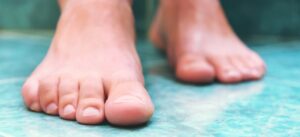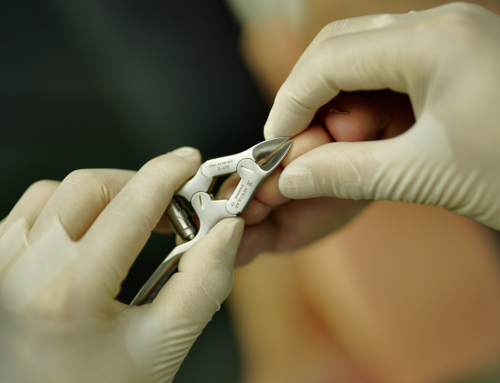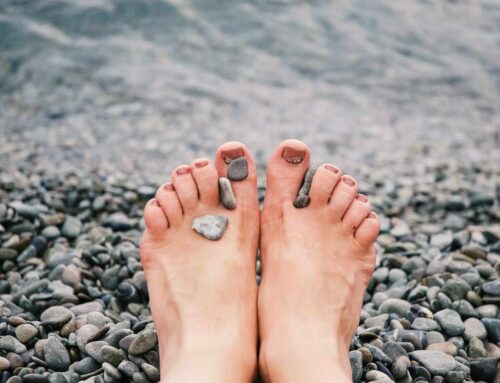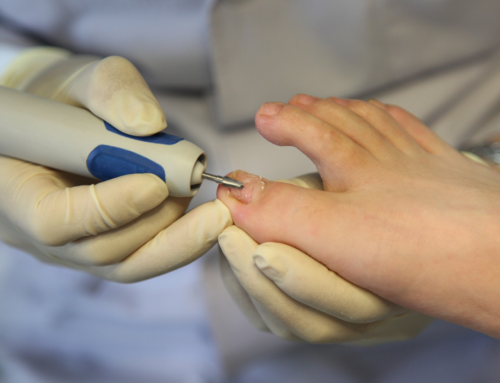Nail fungus and swimming pools have a lot in common. Swimming pools are a great place to visit with the family. Take a quick dip in, or simply sit back and relax. They can however also be a dangerous place to retract a fungal infection. Chlorine is known as a disinfectant in pools and jacuzzis. There are still some fungi that cannot be killed with the chemicals in chlorine or bleach.
Nail fungus thrives in moist environments. If you are an avid swimmer you have a greater risk of becoming infected. This is because your feet get wet on a regular basis. So it’s important to stay free of toenail fungus around the pool. As such, you need to make sure that you dry off your feet after going for a swim. If you don’t you may end up with a disgusting nail fungus infection.
Contamination
There could actually be danger lurking outside of the pool as well. This is especially true at public pools since they are often contaminated with nail fungus. When one person becomes infected with nail fungus, that person has the ability to spread it to any other person in the area. Any other person who steps in the spots that the first person stepped could potentially become infected with toenail fungus.
Taking precautions at the pool
For this reason, you need to be cautious of the area around the water when you go to a public pool. Instead of walking around barefoot, put some sandals, water shoes, or flip-flops on instead of walking around barefoot. This footwear will help prevent nail fungus from infecting your feet. Also, Don’t take this footwear off until you are safely back in your car. Public showers are often crawling with nail fungus so you need to keep wearing shoes while you are in these shower areas. If you don’t you could be in for a long battle with nail fungus.
Swimming Pools
Chlorine is able to kill things such as bacteria, parasites, and viruses. Although for one reason or another, it cannot kill fungi on the skin and nails. These types of fungi thrive mostly on the outskirts of the pool and jacuzzi, but also in it. This is more prevalent in public pools. It is shared with many other guests who could have the infection themselves. They transfer them onto the surfaces and into the water. Simply walking around the pool barefoot could help you retract a nail fungus, athlete’s foot, or even ringworm. So you are now probably thinking there is clearly nothing you can do to prevent this problem unless you avoid pools and jacuzzis all together but there are still ways to prevent obtaining this infection.
How to prevent nail fungus when swimming
It takes a few basic rules to follow if you would like to prevent a fungal infection. First and foremost, you should avoid walking barefoot around the pool areas so wearing flip flops or sandals is important. Since fungi thrive off of warm and moist surfaces, the pool surroundings are where you can expect them to be hiding. Make sure to shower before and after entering pools, there is a reason why most public swimming places have signs stating that.
Refrain from entering a pool if you have a severe fungal nail or athlete’s foot, also if you are experiencing diarrhea you should avoid getting in chlorinated water, as it’ll spread the bacteria into the water and the chlorine chemicals will worsen your case. Lastly, sure to never swallow the water in these pools, for obvious reasons. Pools and jacuzzis can carry many diseases and bacteria. With that said, you can make sure to avoid being infected by following a few simple steps to practice good hygiene.

Laser Treatment for Nail Fungus
If you have caught nail fungus as well, it can be easily treated using the FDA-approved PinPointe laser, which typically only takes on treatment.
Our toenail doctor in Los Angeles, CA recommends this treatment. The PinPointe Laser treatment has the highest cure rate in the market. It has no side effects and no recovery period. As a result, you can go about your daily activities right after the treatment. Also, it is not painful.
If you have any signs of nail fungus, call us at (800) 672-0625 or visit our website for more information on our doctors at one of our over 160 locations.




